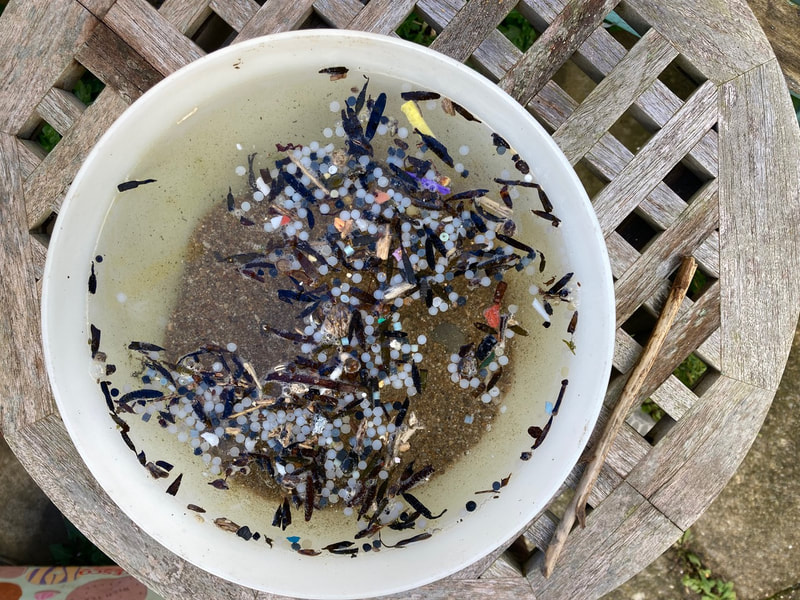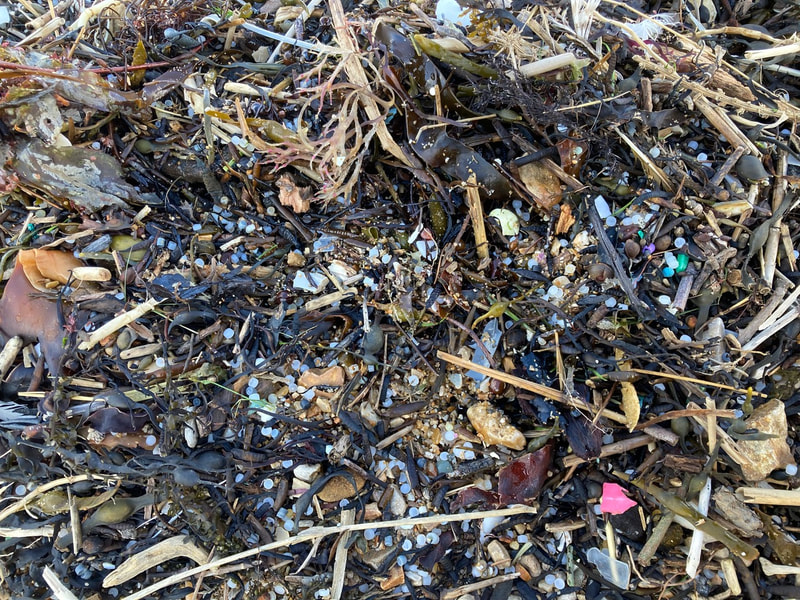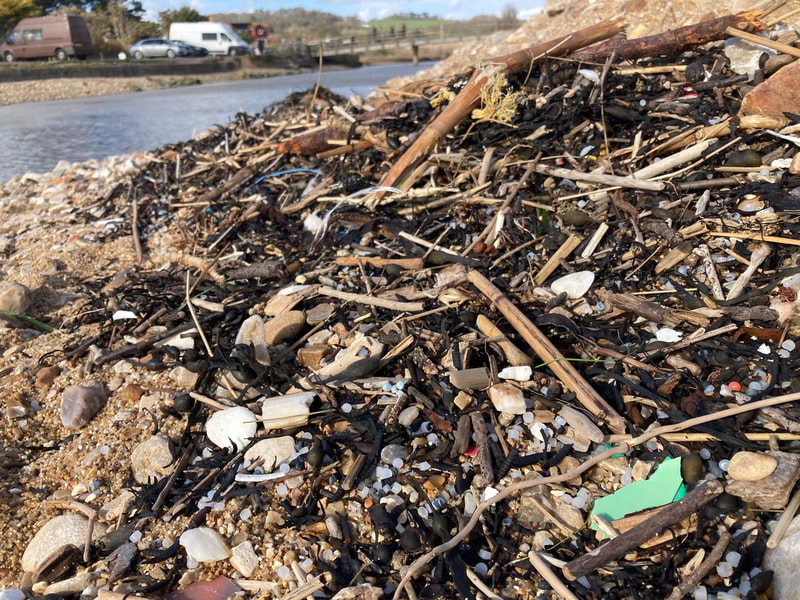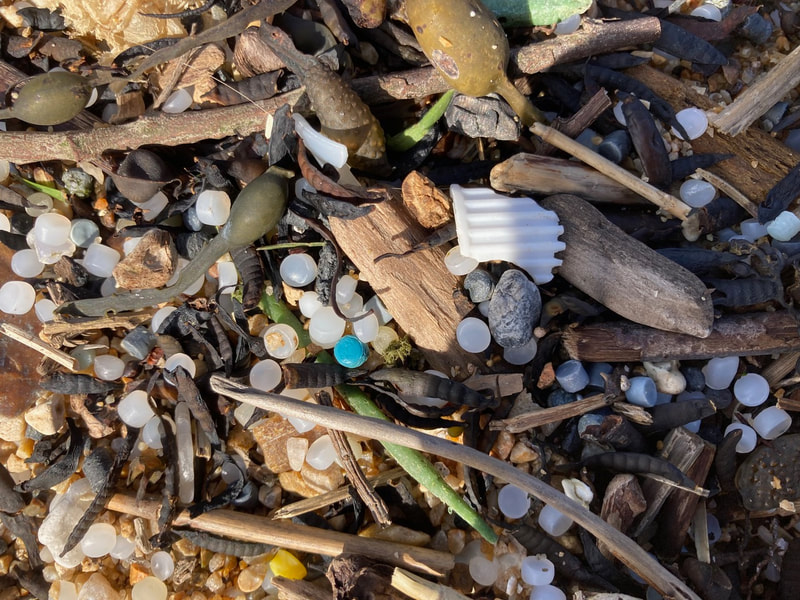|
The Char River Dragon Festival is getting closer! And a Dragon has been created !
On May 27 the Dragon parade will start from Barr's Lane at 11.am and will finish down by the sea. You can follow the Dragon, down Lower Sea Lane, turning left at Wesley Close and then ambling through Seatown Holiday Park down to the sea. There will be songs and music and the Dragon will then make its way up to St Andrew’s Hall, Lower Sea Lane to discover its name! And in the hall there will be all kinds of stalls offering you information about how we have been cleaning up our river, all that has been done and all that we can still do, as well as art and photographic exhibitions inspired by the river and by the Charmouth Dragon. [Trudi Ochiltree's local art class will be working on ‘The River Char and the Dragon’ theme and members will exhibit their artwork to support us. Ideas she has suggested and which anyone could use to create their own paintings or artwork, include: *River Char wildlife: kingfishers, dragonflies, swans, fish and ducks. *Views of the river Char and Charmouth beach. *Dragons. *Pollution and concerns for the environment. Thanks Trudi!] With just over a month to go we would like to thank you for helping us so far and we would love to know whether you can help us or would like to participate in the final stages in any way. We need around 10 adults to offer to be part of the Dragon, to guide the head and the tail as well as around 10 people (16+) to walk alongside the Dragon with mist banners! This will just involve 2 rehearsals and the fun of being the Dragon on the day And we need volunteers as marshalls to help us on 27th May, both safeguarding the parade and helping us in the hall after the parade. Do please sign up for any of these roles or email us if you have any queries. See the flyer for this event. [email protected]
0 Comments
Wessex Water have sent us this statement about their plans for storm overflows. Note especially the section on rainwater separation:
I’m writing to you to explain more about what we’re doing to improve river and coastal water quality in the area, and our plans to address storm overflows. We know many of our customers are concerned about overflows, and we’re absolutely clear that they aren’t fit for the 21st century. Our long-term aim is eliminate the need for storm overflows. There are probably certain questions you’re frequently being asked about ‘sewage dumping’, or indeed may have questions yourself. I thought it would be helpful to outline what we’re doing about storm overflows, now and in the future, as part of our commitment to great river and coastal water quality in our region. The facts Wessex Water does not ‘dump’ sewage anywhere. Storm overflows operate automatically during or after intense rainfall to prevent flooding of properties and are licensed by the Environment Agency. We would love to stop all storm overflow discharges immediately. But they are a legacy resulting from how houses and drains have been built for over 150 years – being drained by one pipe to carry both rainwater and sewage. To tackle the issue, we’re spending £3 million every month on improving them and reducing how often they operate. We’re also planning to go even further and, if approved by our regulators, will invest around £9 million per month from 2025. We feel it’s important people know where and how often storm overflows operate. You can view a map of all our overflows, see the primary cause of their operation and our progress in installing real-time monitoring on our Drainage and Wastewater Management Plan portal. You can also download the number and hours of overflow discharges and what we’re planning to do about them from the performance section. What we’re doing now Here are some examples of the different ways we are investing to reduce overflow impact and discharges. Increasing treatment capacity At treatment centres means we can deal with more rainwater after a heavy rainfall event. One location where we’ll be doing this is our largest water recycling centre in Avonmouth, near Bristol. Increasing storage capacity By installing large storm tanks we are able to store more rainwater and sewage prior to it being treated. An example of where we have carried out this work is at Compton Bassett in Wiltshire. Separating rainwater from sewage This approach is the most environmentally friendly solution, and one area where we have done this is at Portland, in Dorset, which has seen surface water from 8,000m2 area removed from the combined system that also carries foul water. Overflow treatment In more rural locations, nature-based solutions can be used like reed beds to naturally treat storm water before it’s discharged into local watercourses. We have successfully achieved this at Shrewton, Wiltshire where groundwater at times inundates the sewer network. Our Storm Overflow Improvement Map outlines where and how we’re tackling the issue near you. What we all can do The best solution is separating rainwater at source so it doesn’t enter sewers. We all need to value rain as a resource, capturing it locally for reuse (such as garden watering) and then disposing of it back into the environment as close to where it landed in the first place, for example, via rainwater gardens and/or soakaways. You can read more about how you can help. What next? This email is intended as the first of our regular updates to you about our work to provide great river and coastal water quality. If you would prefer not to receive this information please unsubscribe. In the meantime, we’re happy to answer any questions you may have via email: [email protected] I hope you find this update useful. Yours sincerely, Matt Wheeldon Director of Infrastructure Development Wessex Water Over Easter 2023 Charmouth Beach was again inundated with plastic nurdles. Dana Assinder reported: "…there are nurdles floating on the lowish tide line in the river and as you reach the river mouth they are caught up in the wrack and in small drifts extending along the beach. Inevitably they are being trodden in to the sand. It’s impossible to know where they came from, or if there are more to come, but they are clearly a fresh spill; grey white and black, clean and not seaworn or ridged, so I’m confident they are not biobeads / sewage related. The photo of the bowl is to show how many nurdles are in the surface layer of sand I scooped from an area about 20cm square just beyond the river mouth." Preparing for the River Dragon festival on 27th May, we've got a few important events.
22nd April, Charmouth Community Hall, Wesley Close 2-5pm Free river storytelling workshop with Martin Maudsley for adults and children. Remember to register! 9th May, The Court, Charmouth. 6-8 pm Making the final vertebrae for the Dragon.. 2 or 3 people to help weave…no previous experience necessary. Any spare 1 metre lengths of blue or brown fabric welcome - these can be dropped off at the Court anytime, in the box provided in the front entrance. 15th and 24th May - around 6 - 7pm Dragon rehearsals- place and time to be confirmed. The Dragon learns to move and prepares for its big day on 27th May |
Details
AuthorWrite something about yourself. No need to be fancy, just an overview. Archives
March 2024
Categories
All
|




 RSS Feed
RSS Feed